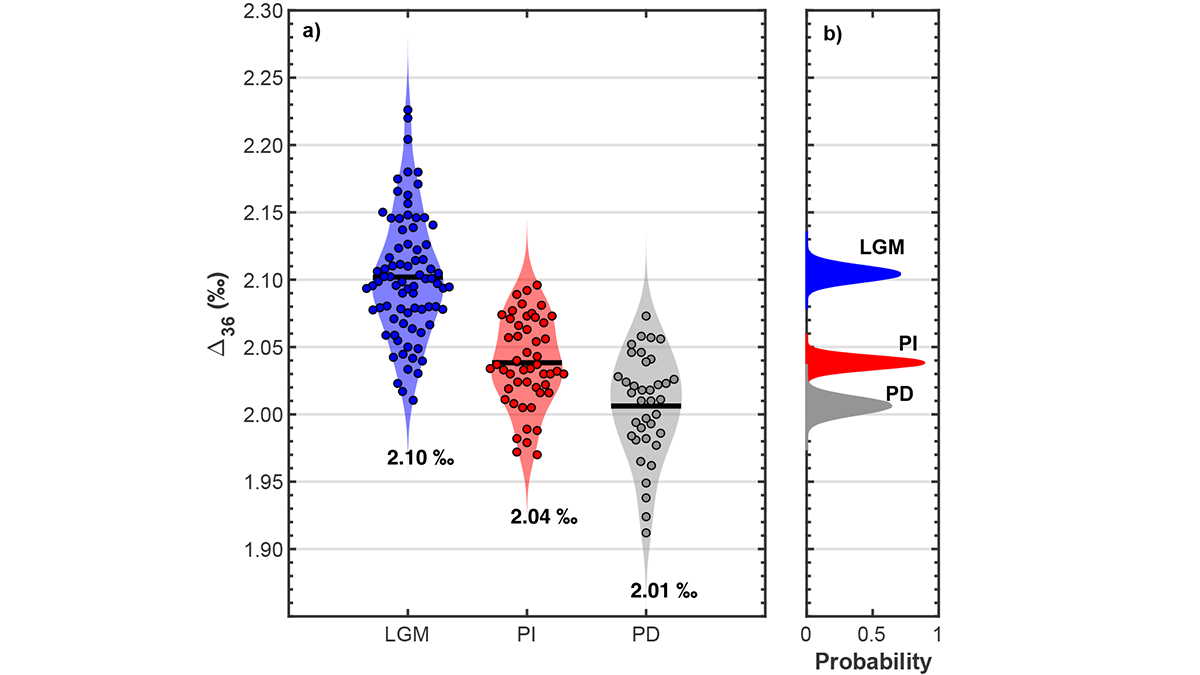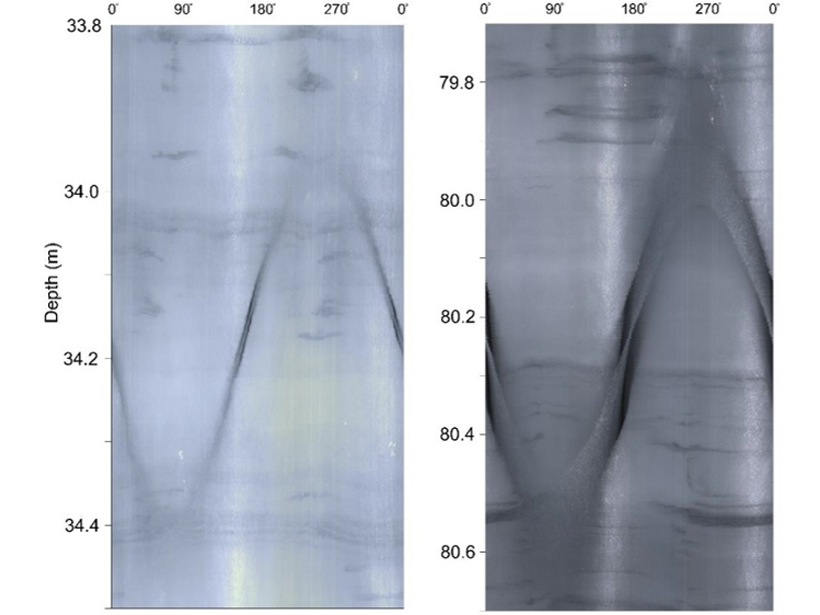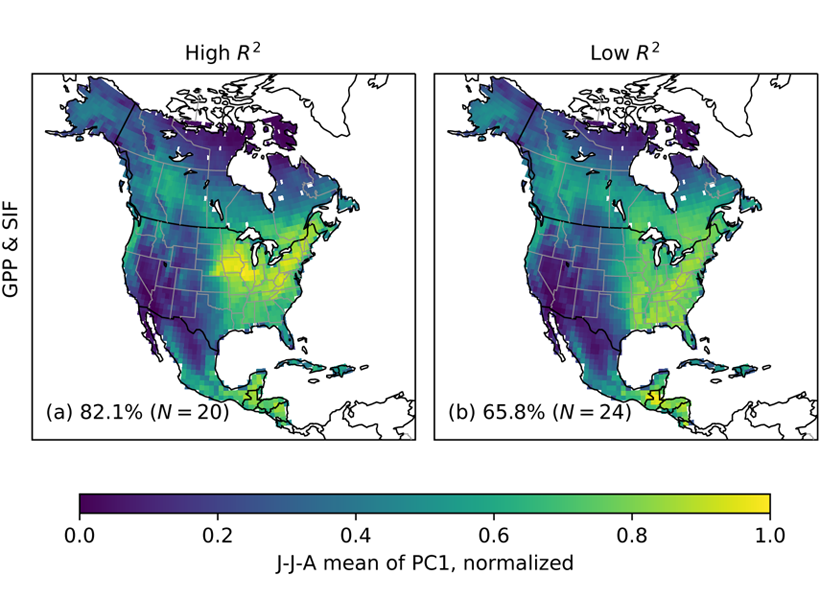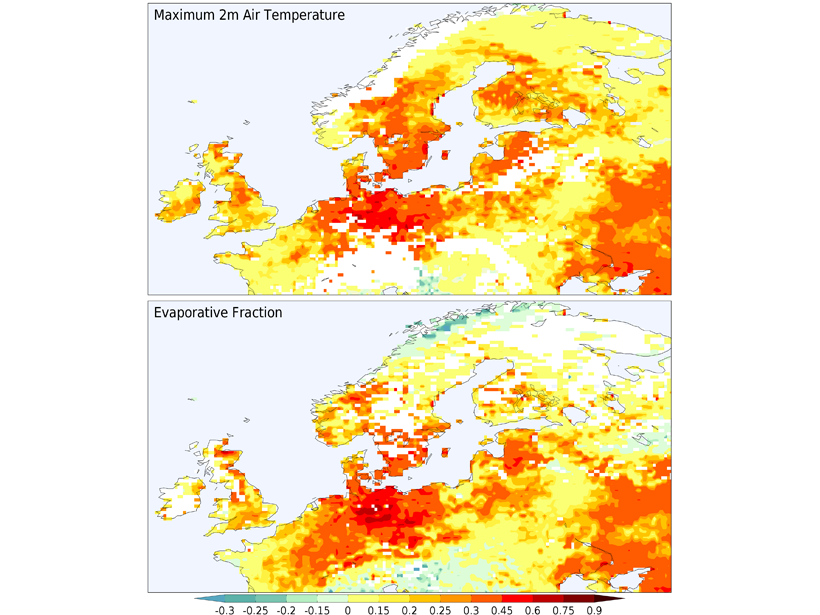Bhattacharya et al. present evidence that expansion of the North American Monsoon explains a wetter southwest in the mid-Pliocene and suggest this mechanism can explain current monsoon variations.
Susan Trumbore
Origin of Dawnside Subauroral Plasma Flows in Geomagnetic Storms
Geomagnetic storms induce fast plasma flows next to the aurora and affect space weather. Lin et al. explain the origin of a special “dawnside” plasma stream that occurs only during extreme storm events.
New Tool to Decipher Past Upper Troposphere Temperatures
Small variations in clumped O2 isotopes reflect temperatures in the upper troposphere. Bubbles measured in polar ice cores show the global lapse-rate appears to steepen during the Last Glacial Maximum.
What Caused the Open Habitat Transition in the West-Central U.S.?
Between 26-15 My ago, forests covering west-central North America gave way to open, grassy habitats. Now, oxygen isotope records suggest this shift is owed to drier winters and increased aridity.
What Conditions Accompanied the Late Ordovician Mass Extinction?
The second-largest mass extinction in Earth’s history took place in a period of stresses from non-sulfidic anoxia in shelf areas, together with glacioeustatic sea-level change and climatic cooling.
Tracking from Space how Extreme Drought Impacts Carbon Emissions
Carbon dioxide emissions from wildfires combined with reduced carbon uptake by intact ecosystems during the 2019-202
0 fire season to approximately double Australia’s annual carbon emissions.
Evidence of Crevasses Transporting Heat Deep into Greenland Ice
Crevasses are a feature of ice sheets but how deep they extend has been a mystery. Now crevasse traces have been visually identified to 265 meters in a borehole in a fast-moving outlet glacier.
How Do Croplands Reduce CO2 During the Growing Season?
Regional variations in the seasonal drawdown of atmospheric CO2 can be used as a benchmark for evaluating models and satellite-derived estimates of land carbon uptake.
A 2700-year Record of Permafrost Thaw Sensitivity to Climate
Changes in the 14C ages of carbon and biomarkers deposited at the mouth of a river draining a permafrost watershed track responses of regional thaw depth to past warming and cooling.
Dry Soils Enhanced the 2018 Heatwave in Northern Europe
A range of observations show that a shift in land-atmosphere coupling exacerbated the hot drought experienced in Europe in 2018.










